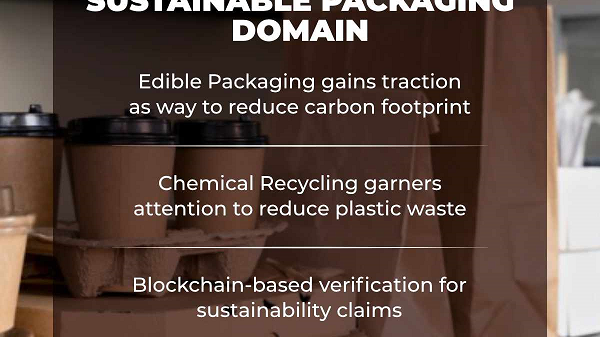<?xml encoding=”utf-8″ ?????????>
Once deeply ingrained in Swedish culture, traditional brown snus has seen a remarkable evolution. Originating as a quintessentially Swedish product, brown snus served not just as a tobacco product but also as a cultural symbol.
However, recent years have marked a significant shift. A growing number of Swedes are now turning towards white, tobacco-free snus, such as Velo snus. This trend illustrates a broader transformation in societal attitudes towards nicotine consumption, paving the way for new traditions.
Understanding White, Tobacco-Free Snus
White, tobacco-free snus is a fairly novel nicotine product, which is significantly different from its traditional counterpart. Unlike the traditional Swedish brown snus, made from tobacco, this variant contains no tobacco leaves. Its composition is primarily a blend of plant fibers, flavorings, and nicotine extracted directly. Accordingly, it is completely free from tobacco.
The absence of tobacco not only alters the product’s physical attributes, such as color and texture, making it less likely to stain teeth, but also impacts the user’s experience. The manufacturing process involves careful treatment to maintain nicotine’s efficacy while eliminating tobacco’s health risks.
The Health Perspective: Why Make the Shift?
The debate surrounding the health impacts of traditional tobacco snus versus its white, tobacco-free alternatives is complex and multi-faceted. At the heart of this discussion is the inherent risk associated with tobacco use, known for its carcinogenic properties and association with various health issues, including oral cancers and cardiovascular diseases.
White, tobacco-free snus, while eliminating tobacco’s risks, does however not fully absolve users from health concerns, primarily due to nicotine, the addictive substance retained in these alternatives. Nicotine’s effects on the body are not benign; they include raising blood pressure, potentially leading to heart problems, and maintaining addiction, which can perpetuate dependence on nicotine products.
Swedish advocates for white, tobacco-free snus argue that it offers a safer alternative for existing tobacco users, reducing at least some of the harm associated with traditional snus use. This perspective is rooted in the concept of harm reduction, suggesting that when quitting nicotine entirely isn’t an option, switching to a less harmful alternative could provide significant health benefits. However, it’s critical to approach these alternatives with caution. The absence of tobacco does not equate to a risk-free product. Health professionals urge users to remain cognizant of the addictive nature of nicotine and the importance of moderation.
A Tool for Quitting Smoking
White, tobacco-free snus is not only replacing the traditional Swedish brown snus, by many it is recognized as a tool in the quest to quit smoking. By offering a nicotine source without the harmful combustion products of tobacco, it serves as a bridge for smokers looking to wean themselves off their dependency. This aligns with nicotine replacement therapies (NRT), which aim to mitigate withdrawal symptoms by providing nicotine in safer forms than cigarettes.
Critics and proponents alike underscore the importance of using such products within a structured cessation plan, emphasizing gradual reduction in usage. The goal is to eventually free individuals from nicotine addiction altogether, not to replace one source with another indefinitely.























